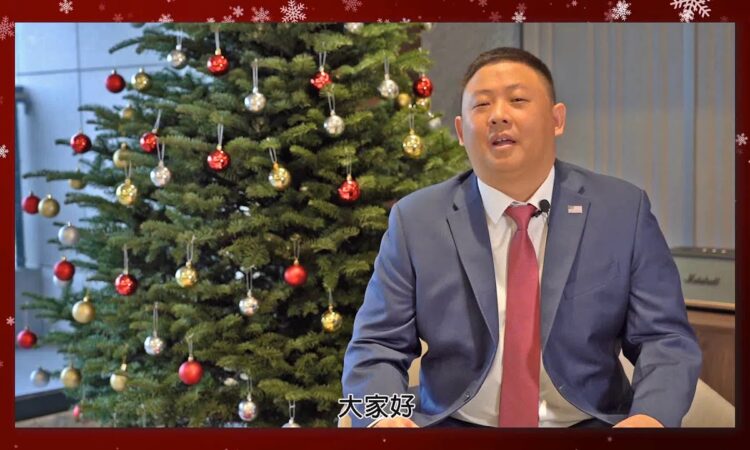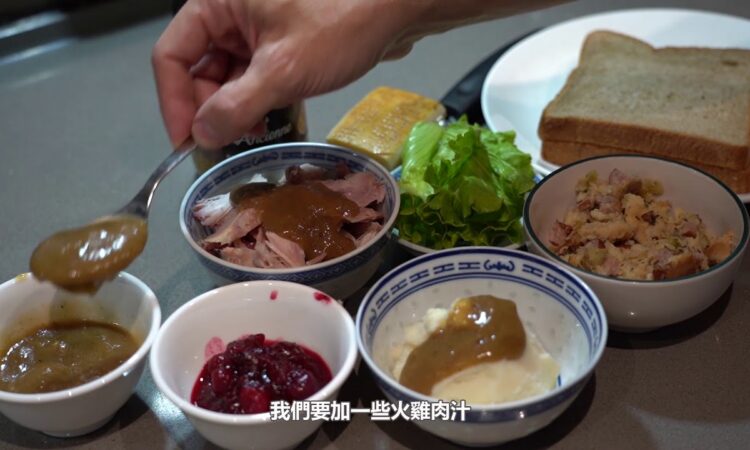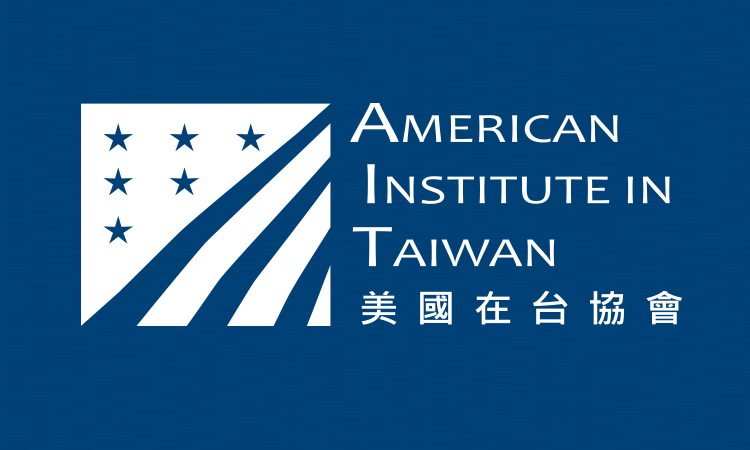OT-1608E | Date: 06/16/2016 | (As Prepared for Delivery)
June 16, 2016
Taipei International Convention Center
Distinguished guests and friends from both near and far, good morning to you all. It’s great to be back in Taipei and exciting to see such a diverse group of experts gathered from around the Asia Pacific region to discuss energy efficiency. I would like to congratulate Taiwan for hosting this event and for the regional leadership it has displayed in addressing global challenges through the Global Cooperation and Training Framework with the United States and through various multilateral efforts.
Like the earlier health-related events that the United States and Taiwan have held under the Global Cooperation and Training Framework, today’s forum provides an opportunity for countries throughout the region to come together to jointly work on challenges that cannot be adequately addressed alone. As Acting Director Forden noted moments ago, the United States is a global leader in energy, and we take a particular interest in energy policy as it relates to the Asia Pacific region.
President Obama recently made his tenth visit to the Asia Pacific region, visiting Vietnam and Japan, where he had wide ranging discussions on economic and security issues and announced agreements with Vietnam on energy efficiency and climate change collaboration. The Asia Pacific Economic Cooperation, or “APEC,” is a critical piece of our economic architecture in the Asia Pacific region, and we see it as the premier organization for advancing free and open trade and investment.
The United States’ priority in APEC is to enhance regional integration and stability, while also having it serve as a vital forum to address transnational issues such as health, the environment, and clean energy. APEC is a place where we can bring together experts from government and from business for discussions on how to create substantial and workable, practical measures that help move us forward in these areas. Because it is an organization that’s based on consensus, APEC is a venue that promotes frank and open discussion, and the outcomes that we reach are non-binding except inasmuch as each and every member economy commits to doing the things that we all have agreed make sense to do.
Because of this flexibility, APEC serves as an incubator for new ideas, for innovative approaches, and for tackling challenges in the region that other folks haven’t thought of or tried before. All of these characteristics make APEC an excellent venue for promoting sustainable energy policies and cooperation with like-minded partners. Energy efficiency is an area of growing focus around the world, as countries seek cost-effective ways to achieve their economic goals while reducing carbon emissions and improving air quality for their people.
Taiwan and the United States have a history of cooperating on this topic. AIT and Taiwan’s Bureau of Energy jointly hosted the bilateral “Joint Conference on Low Carbon Communities” in 2014. One of the ways that we are seeking to boost energy efficiency among APEC members is through fossil fuel subsidy reviews, and the United States is pleased that Taiwan has agreed to participate in this effort. It’s well known that subsidies often encourage unnecessary or wasteful consumption. That’s why we are asking all the APEC economies to take a clear look and ask themselves whether their subsidies are delivering economic benefit or are perhaps counterproductive. And in those cases where they identify a counterproductive subsidy or there are other policy options that might be more efficient, countries are then encouraged to pursue other options. There are obvious economic benefits to reducing wasteful energy subsidies, but in today’s world, the environmental benefits are equally important.
In addition to eliminating wasteful fossil fuel subsidies, we are attempting to promote the adoption of green energy technologies in APEC through the environmental goods and services agreement. Through that agreement we are encouraging businesses and economies to adopt the best available technologies that allow us to grow, but to grow greener by reducing our carbon footprint. One key way to do that is by zeroing out tariffs, cutting the tax on those items so that businesses are more likely to adopt those technologies sooner and on a broader scale. That means that we can grow and reduce our carbon footprint at the same time. In addition, we are doing work on electric vehicles which offer opportunities for expanding the use of renewable energy sources in the transportation sector and greater energy efficiency.
It’s important to note that the United States engages with the Asia Pacific region in a number of other fora as well. We actively promote energy efficiency and clean energy solutions in our meetings with the ASEAN nations, at the East Asia Summit, and in our bilateral relations. At the U.S.-ASEAN Leaders’ Summit in February, President Obama announced the U.S.-ASEAN Connect initiative to marshal U.S. government and private sector resources to help ASEAN member states improve their access to clean energy, infrastructure, capital, and broadband internet.
Earlier this month in Beijing at the annual meeting of the Strategic and Economic Dialogue, U.S. and Chinese leaders discussed how U.S. experiences can support China’s power sector reforms. These discussions offer an opportunity to promote market-oriented reforms, greater efficiency, and increased renewable energy integration in China. These efforts all support the goals of the landmark agreement at United Nations Framework Convention on Climate Change’s 21st Conference of the Parties in Paris last December.
The United States and China are the world’s two largest emitters of carbon dioxide, but we also accounted for more than half of the record $329 billion in global investment in clean energy in 2015. Addressing these challenges will require that all economies make a similar effort and work together to share and promote best practices. Today’s workshop is an important step forward in this effort. I appreciate the commitment of all the international experts who have traveled so far to be with us today. Thank you for taking the time to contribute your expertise to these efforts. I look forward to hearing the results of this event. Thank you.


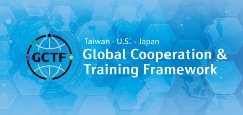




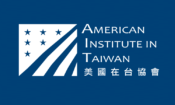
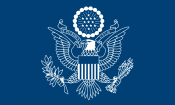
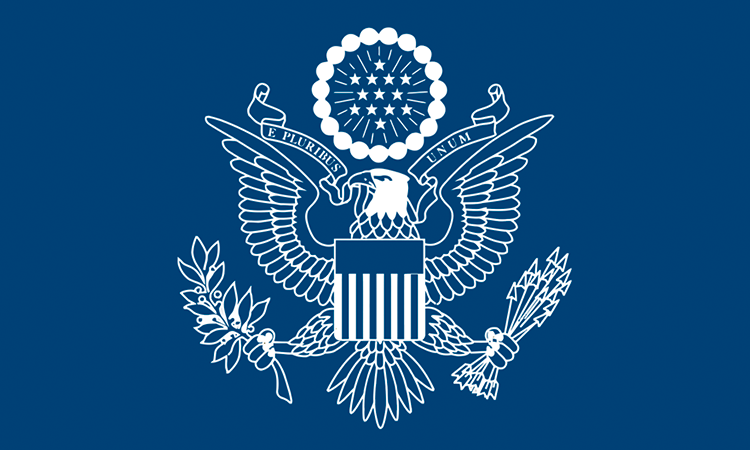
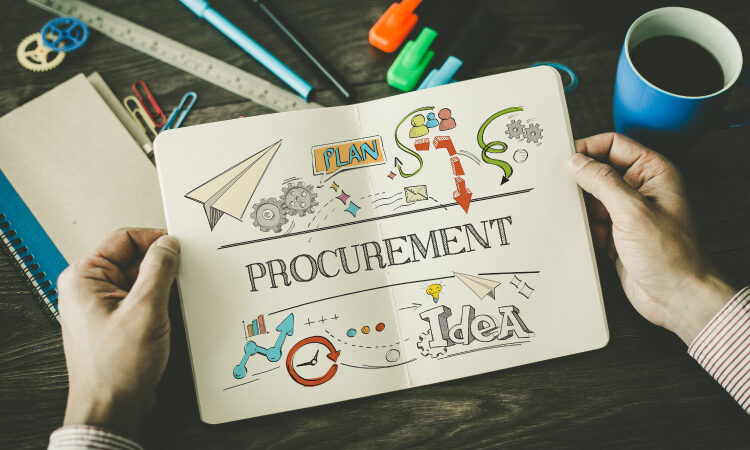




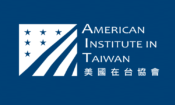
![Video Thumbnail [Recovered]-01](../wp-content/uploads/sites/269/Video-Thumbnail-Recovered-01-1-750x450.jpg)
